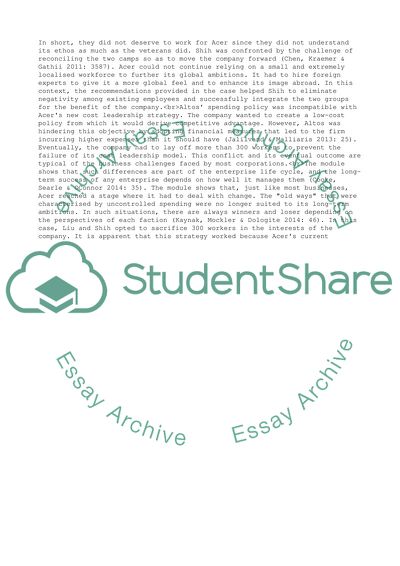Cite this document
(Business Strategy Essay Example | Topics and Well Written Essays - 3000 words - 10, n.d.)
Business Strategy Essay Example | Topics and Well Written Essays - 3000 words - 10. https://studentshare.org/business/1878801-business-strategy
Business Strategy Essay Example | Topics and Well Written Essays - 3000 words - 10. https://studentshare.org/business/1878801-business-strategy
(Business Strategy Essay Example | Topics and Well Written Essays - 3000 Words - 10)
Business Strategy Essay Example | Topics and Well Written Essays - 3000 Words - 10. https://studentshare.org/business/1878801-business-strategy.
Business Strategy Essay Example | Topics and Well Written Essays - 3000 Words - 10. https://studentshare.org/business/1878801-business-strategy.
“Business Strategy Essay Example | Topics and Well Written Essays - 3000 Words - 10”. https://studentshare.org/business/1878801-business-strategy.


